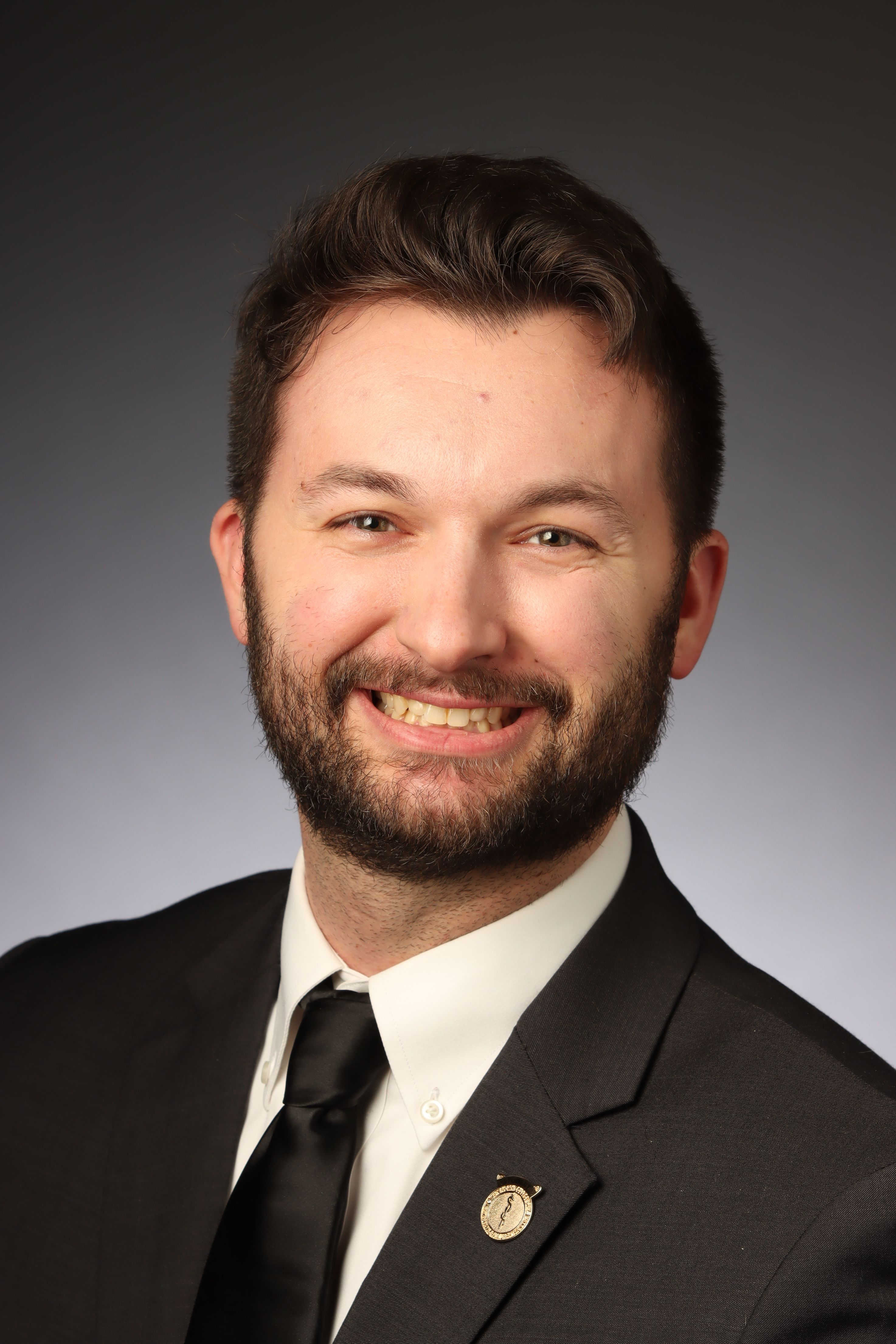Medical Education
A Pilot Study of Family Medicine Attitudes in D.O. Medical Students

Evan Bischoff, OMS
Medical Student
Edward Via College of Osteopathic Medicine - Virginia Campus
Blacksburg, Virginia
Presenting Author(s)
Background and Hypothesis: The family medicine specialty needs more resident and attending physicians as the American population ages. However, there is a lack of knowledge as to why medical students, specifically D.O. students, choose or do not choose family medicine as their specialty. The study aimed to identify factors that may impact D.O. medical students’ decisions to choose family medicine as their specialty and better understand which students choose family medicine as their specialty. Specifically, the study examined relationships between attitudes toward family medicine, demographic factors, and relationships with a family medicine preceptor.
Methods: The current study utilized an electronic survey design over the Internet and was advertised via social media. Eligible participants had to be current medical students at an accredited osteopathic medical school. Participants were anonymously asked about their year, anticipated debt, age, gender, ethnicity, marital status, hometown size, and relationship with their family medicine preceptor. Participants also completed the Family Medicine Attitudes Questionnaire (FMAQ) short-form survey, a 12-item questionnaire that measures attitudes towards family medicine using a 5-point Likert scale. A total of 109 responses were kept for data analysis. T-test and regression analyses were conducted using Microsoft Excel software.
Results: The results suggested that those with a more positive relationship with their family medicine preceptor were more likely to score higher on the FAMQ survey based on binomial regression analysis (P < 0.05). Students with more positive attitudes toward family medicine were more likely to desire a residency in Family Medicine. Specifically, those with a “Very Good” relationship with their preceptor were more likely to have more positive attitudes toward family medicine when compared to those who had an “average” relationship with their preceptor based on average total scores (p < 0.05). Attitudes towards family medicine did not differ significantly based on medical students’ year in medical school, ethnicity, gender, and hometown based on ANOVA analysis (p > 0.05). Both age and anticipated debt were compared with a regression analysis which did not show any relationship (significance F > 0.05).
Conclusion: Overall, the current study found that one’s relationship with their family medicine preceptor is the most important factor in improving family medicine attitudes and therefore more likely to choose family medicine as a specialty. These findings suggest that family medicine physicians/program directors should consider investing in mentorship skills to facilitate more positive relationships with their medical students. They should also be open to any student, as attitudes towards family medicine did not differ significantly based on the demographic factors examined in this study. Of note, the study results identify that future family osteopathic physicians may have a strong attachment to their preceptors and these preceptors should be advocates for the osteopathic profession. We hope our results help teaching physicians and program directors identify potential candidates and benefit the future of the profession.
Acknowledgement of Research Study Sponsors and IRB: There are no financial conflicts of interest to declare as funding was not provided for this project. This study was exempt by the VCOM IRB #2022-101.
Methods: The current study utilized an electronic survey design over the Internet and was advertised via social media. Eligible participants had to be current medical students at an accredited osteopathic medical school. Participants were anonymously asked about their year, anticipated debt, age, gender, ethnicity, marital status, hometown size, and relationship with their family medicine preceptor. Participants also completed the Family Medicine Attitudes Questionnaire (FMAQ) short-form survey, a 12-item questionnaire that measures attitudes towards family medicine using a 5-point Likert scale. A total of 109 responses were kept for data analysis. T-test and regression analyses were conducted using Microsoft Excel software.
Results: The results suggested that those with a more positive relationship with their family medicine preceptor were more likely to score higher on the FAMQ survey based on binomial regression analysis (P < 0.05). Students with more positive attitudes toward family medicine were more likely to desire a residency in Family Medicine. Specifically, those with a “Very Good” relationship with their preceptor were more likely to have more positive attitudes toward family medicine when compared to those who had an “average” relationship with their preceptor based on average total scores (p < 0.05). Attitudes towards family medicine did not differ significantly based on medical students’ year in medical school, ethnicity, gender, and hometown based on ANOVA analysis (p > 0.05). Both age and anticipated debt were compared with a regression analysis which did not show any relationship (significance F > 0.05).
Conclusion: Overall, the current study found that one’s relationship with their family medicine preceptor is the most important factor in improving family medicine attitudes and therefore more likely to choose family medicine as a specialty. These findings suggest that family medicine physicians/program directors should consider investing in mentorship skills to facilitate more positive relationships with their medical students. They should also be open to any student, as attitudes towards family medicine did not differ significantly based on the demographic factors examined in this study. Of note, the study results identify that future family osteopathic physicians may have a strong attachment to their preceptors and these preceptors should be advocates for the osteopathic profession. We hope our results help teaching physicians and program directors identify potential candidates and benefit the future of the profession.
Acknowledgement of Research Study Sponsors and IRB: There are no financial conflicts of interest to declare as funding was not provided for this project. This study was exempt by the VCOM IRB #2022-101.
